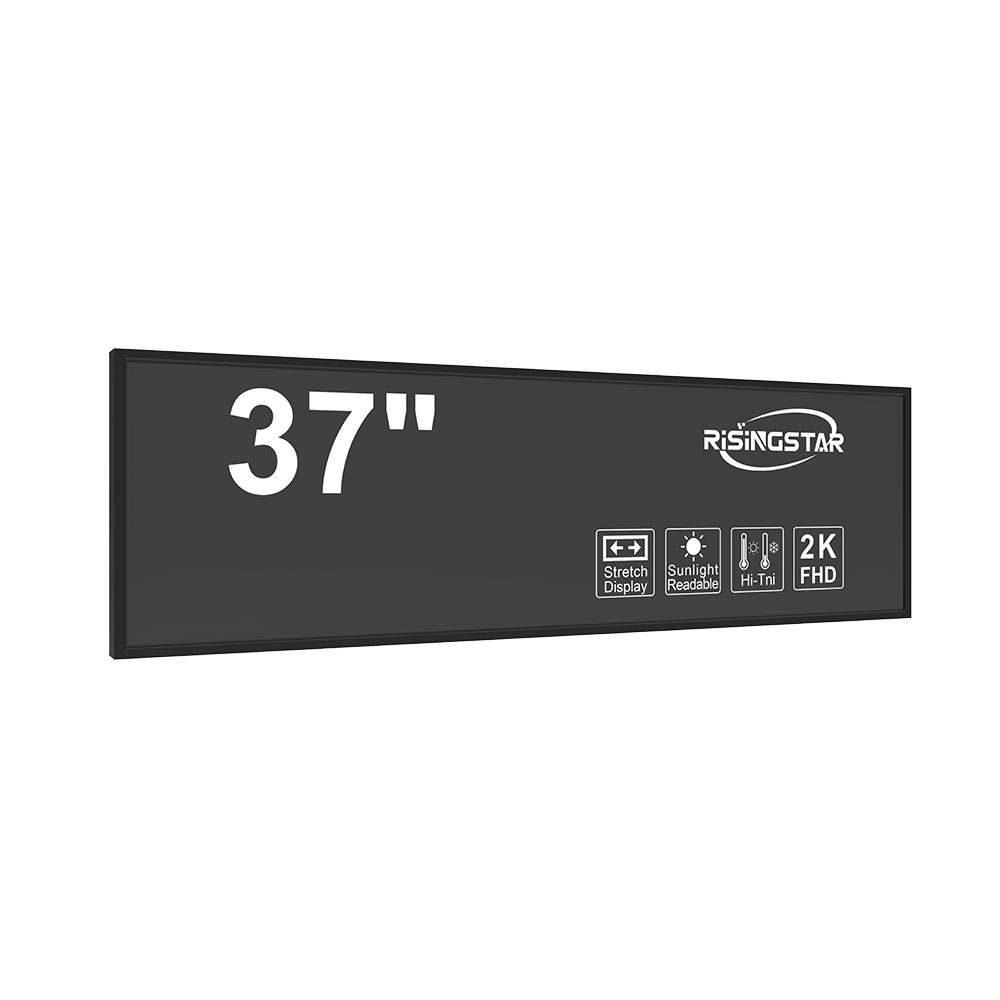- Home
- About Us
- Products
- News
- Video
- Contact
- Send Inquiry
Search
- Home
- About Us
- Products
- News
- Video
- Contact
- Send Inquiry

Outdoor LCD screens have become indispensable in modern urban infrastructure, serving critical roles in transportation hubs, retail environments, public information displays, and advertising. As outdoor lighting conditions vary dramatically—from bright sunlight at noon to low ambient light at dusk—ensuring consistent visibility and performance demands rigorous engineering standards. This article delves into the technical requirements for outdoor LCD screen brightness, explains how real-world performance is measured and verified, and provides actionable insights for manufacturers, integrators, and end-users.
Brightness is the most fundamental metric for outdoor display performance. Industry standards such as IEC 62341 and SMPTE RP 219 define minimum brightness thresholds based on environmental lighting levels. For instance, a typical outdoor LCD must achieve a minimum of 5,000 nits (cd/m²) under direct sunlight, which averages around 100,000 lux at midday. This requirement stems from the fact that human eye sensitivity decreases under high ambient illumination—a phenomenon known as "visual adaptation." To remain legible, the display must exceed ambient light by at least 10–15 times its intensity. In contrast, indoor displays typically require only 300–500 nits, highlighting the unique challenges of outdoor deployment.

Modern outdoor LCDs employ advanced backlight technologies to meet these demands. LED-backlit panels with local dimming control are now standard in high-end models. These systems dynamically adjust brightness per zone—rather than uniformly across the entire panel—to reduce power consumption while maintaining image clarity. A case study from LG Display (2022) demonstrated that their edge-lit LED modules with 1,024-zone local dimming achieved 7,000 nits peak brightness while consuming 20% less energy compared to traditional full-array backlights. Similarly, Samsung’s QLED outdoor displays leverage quantum dot enhancement layers to boost luminance efficiency by up to 40%, enabling higher brightness without excessive heat generation.
However, brightness alone does not guarantee usability. Color accuracy, contrast ratio, viewing angle, and thermal management are equally critical. According to the Society of Motion Picture and Television Engineers (SMPTE), an outdoor display should maintain a contrast ratio of at least 5,000:1 to ensure text and images remain distinguishable even in bright environments. This requires precise control over black level reproduction—a challenge when ambient light reflects off the screen surface. To mitigate this, manufacturers apply anti-reflective coatings (ARC) and use matte or nano-textured glass. For example, NEC’s XG series employs a multi-layer ARC coating that reduces surface reflection to below 1%, significantly improving readability in direct sunlight.
Thermal stability is another key factor. Outdoor LCDs often operate in extreme temperatures ranging from -30°C to +60°C. Without proper thermal design, prolonged exposure to heat can cause premature aging of LEDs, degradation of liquid crystal alignment, and eventual failure. The International Electrotechnical Commission (IEC) standard IEC 60068-2-14 outlines environmental stress testing procedures for temperature cycling. Leading manufacturers like Panasonic and Sharp incorporate passive cooling designs—such as aluminum heat sinks and airflow channels—to maintain internal component temperatures within safe limits. In a field test conducted by the City of Los Angeles Department of Transportation (2021), outdoor displays installed on bus shelters maintained stable performance over 12 months despite fluctuating temperatures, thanks to integrated thermal regulation systems.
Moreover, real-world performance must be validated through standardized testing protocols. The European Union's EN 62341-1-1 standard recommends measuring brightness using a calibrated spectroradiometer under controlled ambient lighting conditions. This ensures repeatability and avoids subjective judgments. Field validation is equally important: installations should undergo “sunlight simulation” tests using artificial solar simulators before deployment. For instance, during the rollout of digital billboards along Highway 101 in California, contractors used a 10kW xenon arc lamp system to replicate midday sun conditions, confirming that all units met or exceeded the 5,000-nit threshold under simulated daylight.
Power efficiency also plays a vital role in long-term operational costs. Outdoor LCDs consume more energy than indoor counterparts due to higher brightness demands. Therefore, energy-saving features such as adaptive brightness control and automatic sleep modes are essential. According to a 2023 report by the U.S. Department of Energy, displays with intelligent power management can reduce annual electricity consumption by up to 35%. This is particularly relevant for municipalities deploying large-scale digital signage networks where hundreds of units may be active 24/7.
Finally, durability and maintenance must be considered. Outdoor displays face exposure to dust, moisture, and UV radiation. IP65-rated enclosures provide protection against water jets and dust ingress, while UV-stabilized polycarbonate covers prevent yellowing and cracking. A study published in the Journal of Display Technology (2020) found that units with IP65+UV-resistant housing had a mean time between failures (MTBF) of over 100,000 hours—significantly longer than unprotected alternatives.
In conclusion, effective outdoor LCD screen performance hinges on a holistic approach that balances brightness, color fidelity, thermal resilience, and environmental protection. By adhering to internationally recognized standards and implementing proven engineering solutions, stakeholders can ensure reliable operation across diverse global climates. Whether for smart city initiatives, commercial advertising, or public safety applications, investing in high-quality outdoor displays pays dividends in both functionality and longevity.